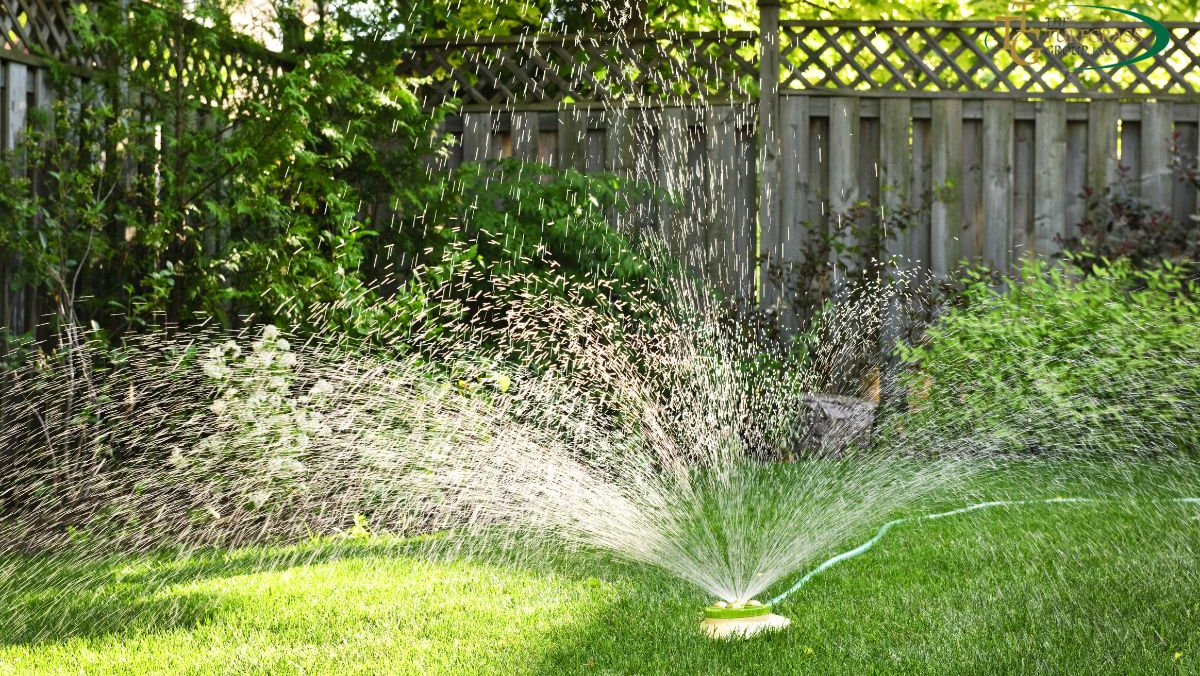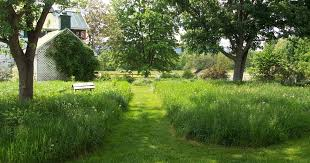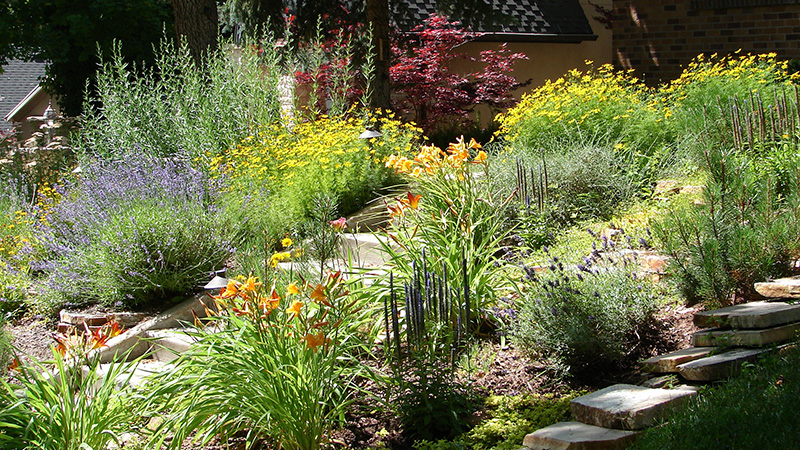
Across the globe, homeowners and landscapers are rethinking their green spaces. As climate change brings longer and more severe droughts, the traditional lawn is losing its shine. The solution? Replace thirsty lawns with drought-tolerant ground cover. This eco-friendly swap is gaining popularity not only in dry regions like California, Arizona, and parts of Australia, but also in cities facing increasing water bills and watering restrictions.
The movement isn’t just about saving water. It’s about creating low-maintenance, affordable, and beautiful landscapes that work with nature, not against it. Here’s why and how people are transforming their gardens, one patch at a time.

Lawns have long been seen as a symbol of suburban pride and beauty. But they come at a high cost—both environmentally and economically. Traditional grass lawns require large amounts of water, frequent mowing, chemical fertilizers, and pesticides. According to the U.S. Environmental Protection Agency (EPA), nearly one-third of all residential water use in the U.S. goes to landscaping, with much of that directed to keeping lawns green.
In drought-prone areas, that number is even higher. This has led to water restrictions, fines, and growing public concern. Add in rising maintenance costs, and it’s clear why many are looking for a better way to landscape.
Drought-tolerant ground cover is a category of low-growing plants that need little to no irrigation once established. These plants are designed by nature to thrive in dry climates, often requiring minimal care, no mowing, and little to no fertilizing. Some ground covers also help prevent soil erosion, attract pollinators, and suppress weeds naturally.
Popular drought-tolerant ground cover options include:
These plants are not only water-wise but also visually appealing, adding color and variety to spaces that used to be flat and uniform.
Replacing a lawn with drought-tolerant ground cover isn’t just about saving water. It also offers:
Cities across the U.S. and the world are encouraging residents to replace their lawns. In some regions, local governments offer rebates or financial incentives for removing turf and replacing it with drought-tolerant landscaping. For example, Los Angeles’ “Cash for Grass” program offers homeowners up to $3 per square foot for switching to water-smart alternatives.
Homeowner associations are also beginning to change their rules. Where once grass lawns were required, many now allow (or even prefer) alternative landscaping that conserves resources.
Ready to replace your lawn? Here’s a simple step-by-step plan to get started:
It’s best to plant in the cooler seasons—fall or early spring—for the fastest root development.

Ground covers are more than just lawn replacements. They can be used to:
You can mix and match plant types for texture and color, or keep it simple with a single variety. Either way, the result is often more visually stunning than plain grass.
The idea of a lush, green lawn is being replaced by something smarter and more sustainable. From eco-conscious homeowners to urban planners, more people are saying goodbye to grass and hello to ground cover.
By replacing thirsty lawns with drought-tolerant alternatives, you’re not only helping the planet you’re also creating a yard that’s beautiful, budget-friendly, and built to last in our changing climate.
Read More:- Deyaar’s Latest Announcement Shakes Up the UAE Property Market
